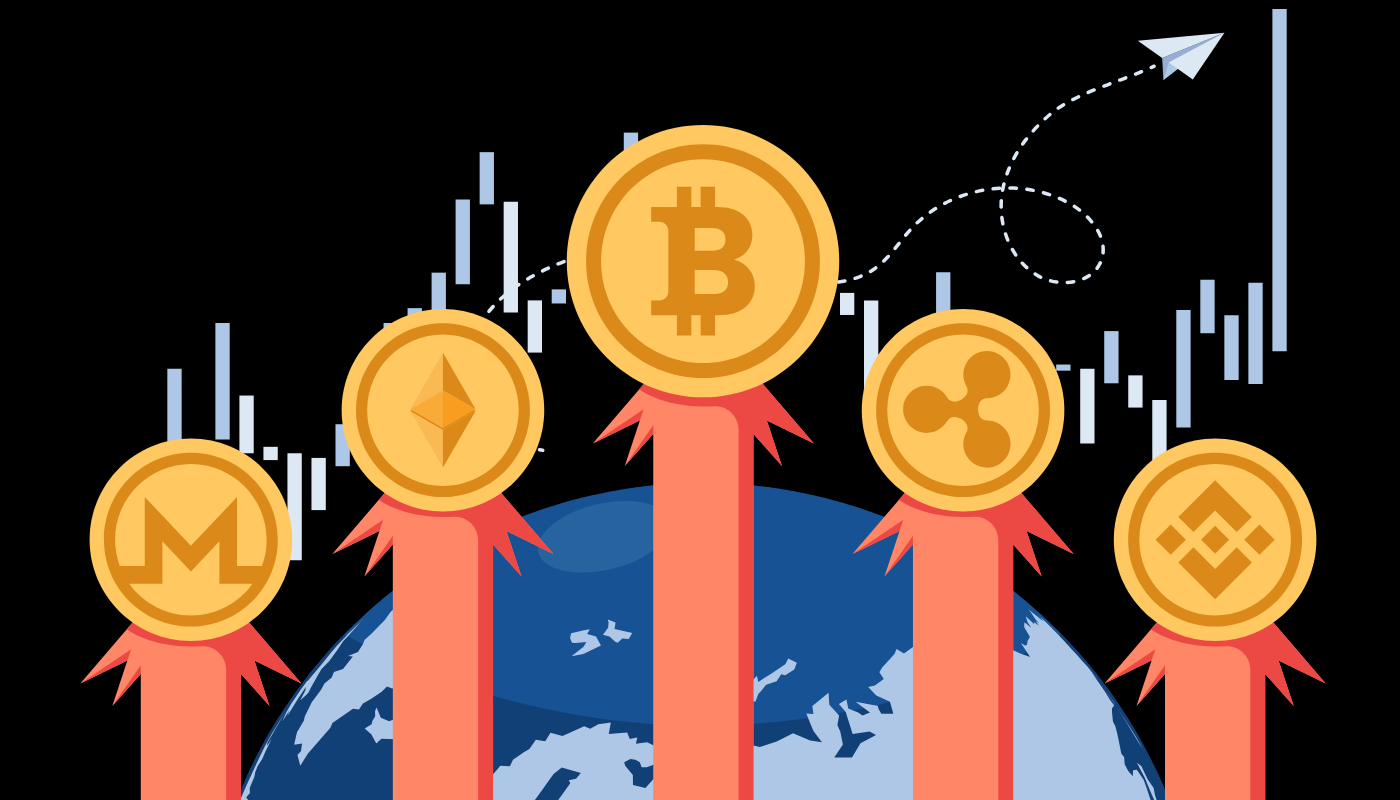ARTICLE AD
In the absence of a cohesive regulatory framework, these notable coins have taken divergent paths to navigate the stablecoins landscape.
The stablecoin industry has witnessed a surge in popularity, with digital assets like Tether’s USDT and Circle’s USDC leading the charge. However, the absence of clear and consistent regulations governing stablecoins has prompted these two industry giants to adopt distinct strategies to address the challenges they face.
Circle’s Quest for Global Regulatory Harmony
In the absence of a cohesive regulatory framework, these notable coins have taken divergent paths to navigate the stablecoins landscape. Circle, the issuer of the USDC stablecoin, has adopted a proactive approach, seeking guidance from US lawmakers to establish a coherent regulatory framework that can be applied globally. Dante Disparte, the head of global policy and chief strategy officer at the company, has emphasized the need for harmonized rules within the system to prevent a fragmented landscape where each country implements its own set of regulations.
According to a report, Dante believes that if the regulations for stablecoins are different in each country, it could lead to unfair treatment and make it difficult for stablecoins to work smoothly across borders, which could make it harder for digital assets to be useful and widely accepted. Circle wants policymakers to help create rules that encourage new ideas and technology while also making sure that stablecoins are well-regulated and protect consumers.
Tether’s Approach And Collaboration with Law Enforcement Agencies
On the other hand, Tether, the issuer of the USDT stablecoin, has chosen a different path. While Circle primarily serves the US market, it has directed its efforts toward developing nations, positioning itself outside the purview of US regulations, akin to the Eurodollar system. Its approach revolves around actively collaborating with law enforcement agencies worldwide to combat fraud and money laundering.
Paolo Ardoino, the CEO of Tether, emphasizes the need for regulators, such as the US Treasury, to actively engage with stablecoin issuers. The digital asset company employs tools like Chainalysis to monitor the secondary market for suspicious activities. He also advocates for swift action against criminal activities, suggesting that freezing assets upon contact from law enforcement is more effective than lengthy legal processes.
Challenges and Scrutiny
Both industries have faced their fair share of challenges and scrutiny. Tether’s USDT has been subject to questions regarding its integrity and backing, while Circle’s USDC faced uncertainties during the collapse of Silicon Valley Bank. In fact, Tether recently faced criticism from JPMorgan analysts, who raised concerns about what they perceive as a lack of regulatory compliance and transparency of the stablecoin, which they believe poses an increasing risk to the overall stability of the cryptocurrency market.
However, Ardoino acknowledged that Tether’s market dominance could be perceived as a threat by competitors, including traditional banking institutions seeking similar success. He emphasized that the importance of the stablecoin has never been harmful to the markets it serves.
More so, the divergent approaches of these industries were further reflected in their responses to the collapse of Terra’s UST stablecoin and its backing currency, Luna. Tether’s CEO had expressed doubts about Terra’s sustainability before its failure, while Circle reflected on the industry’s setbacks and the need to adhere to existing regulations.
It is crucial to note that the absence of proper regulation and the potential collapse of any of these stablecoins could lead to significant losses for investors and cause market shocks within the cryptocurrency space.

 7 months ago
23
7 months ago
23 

